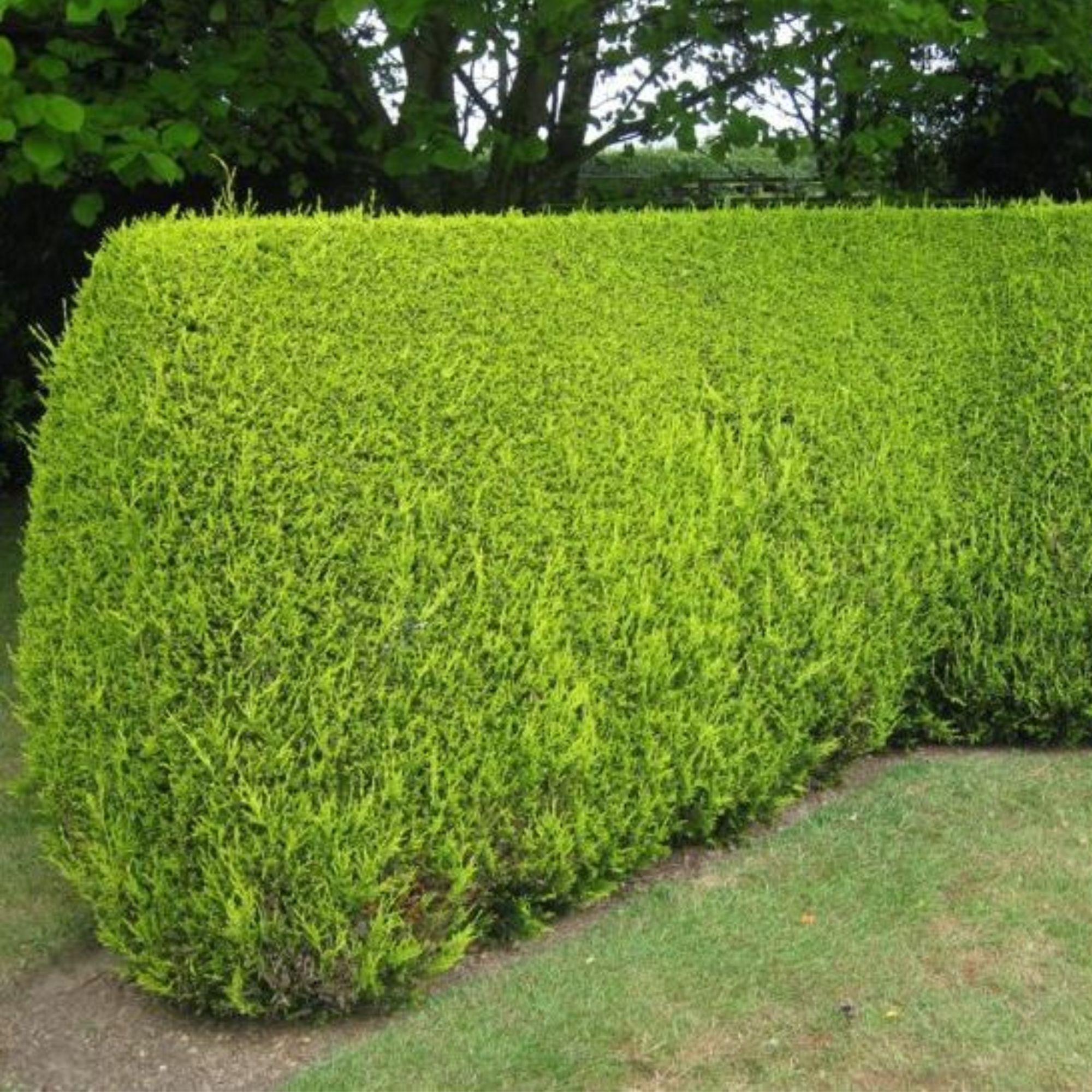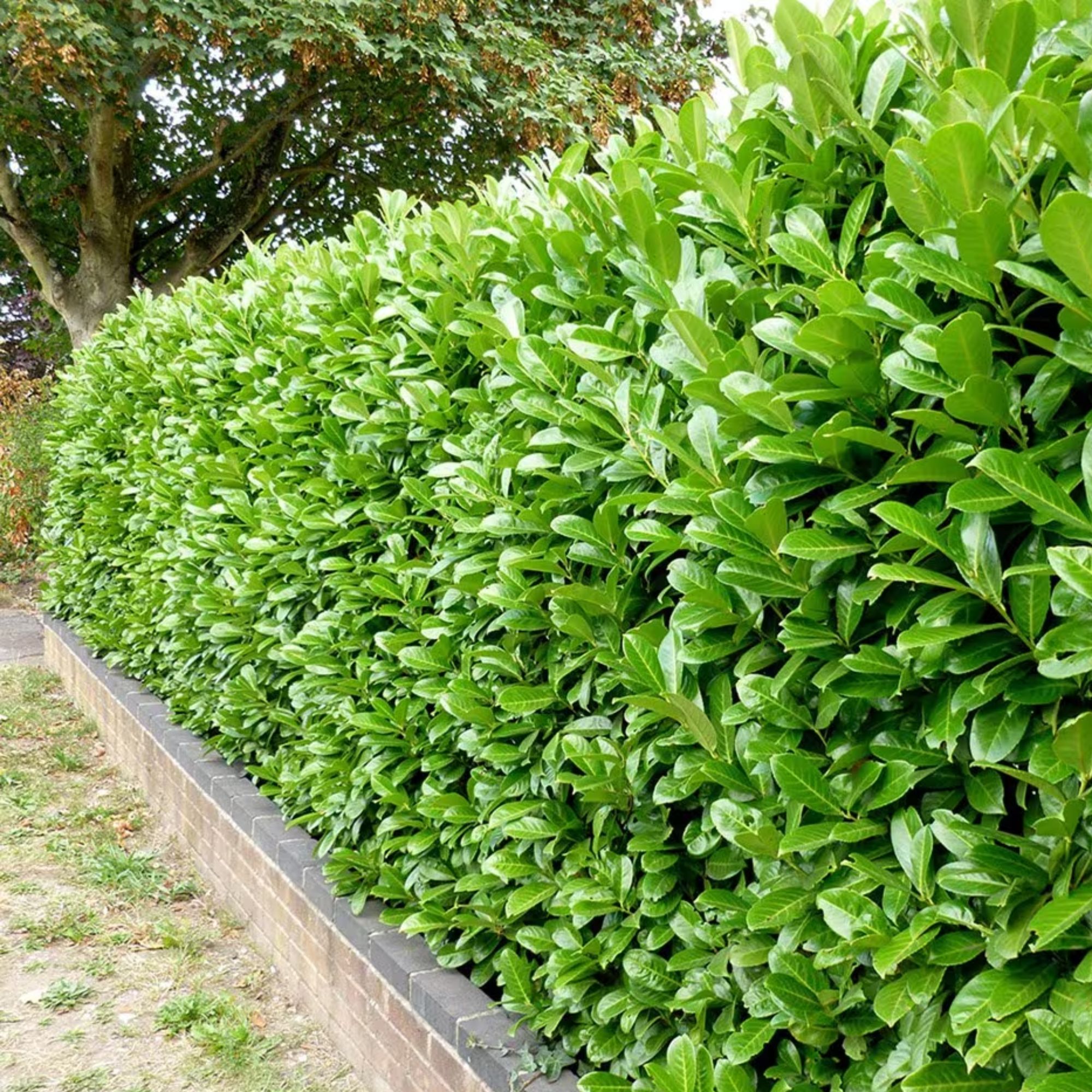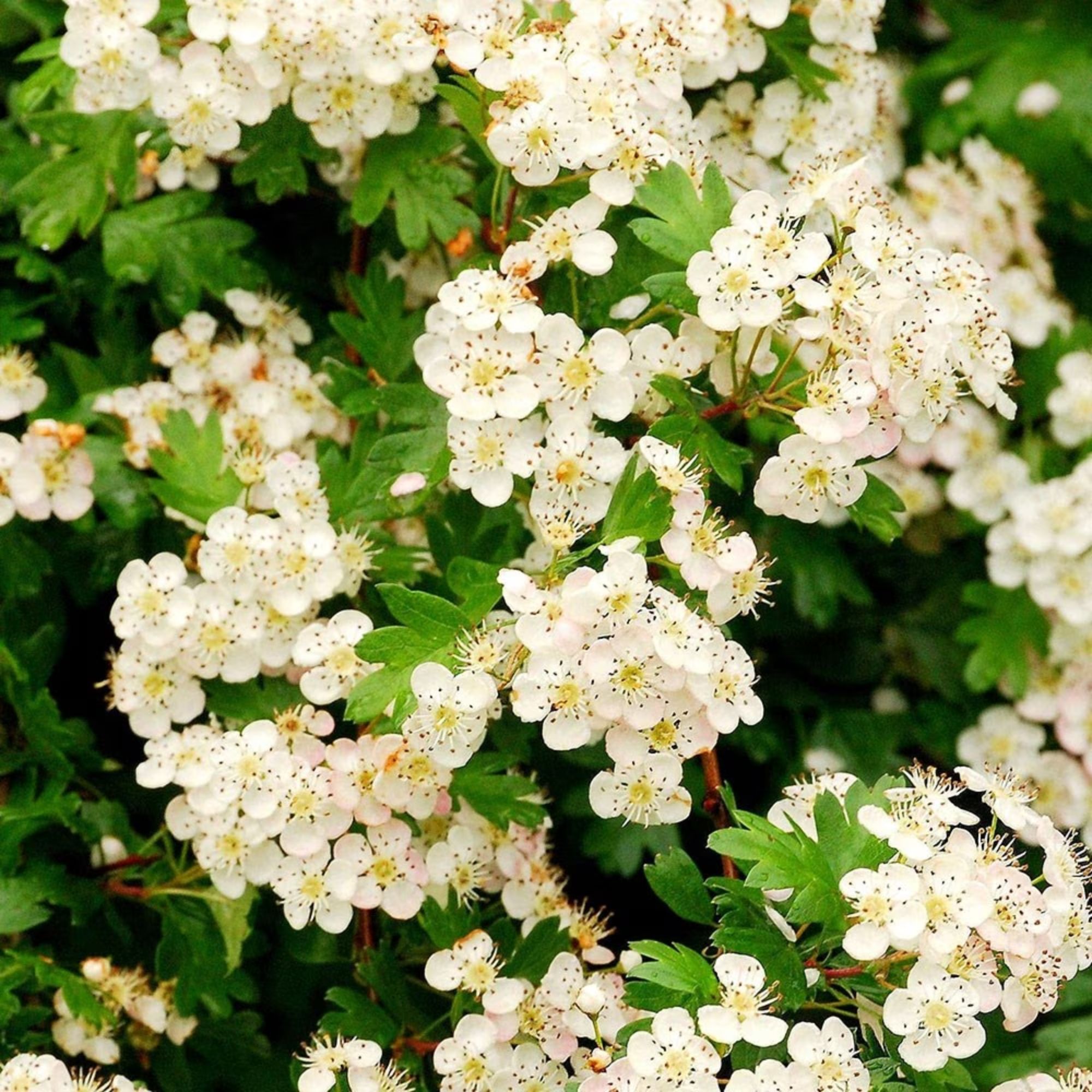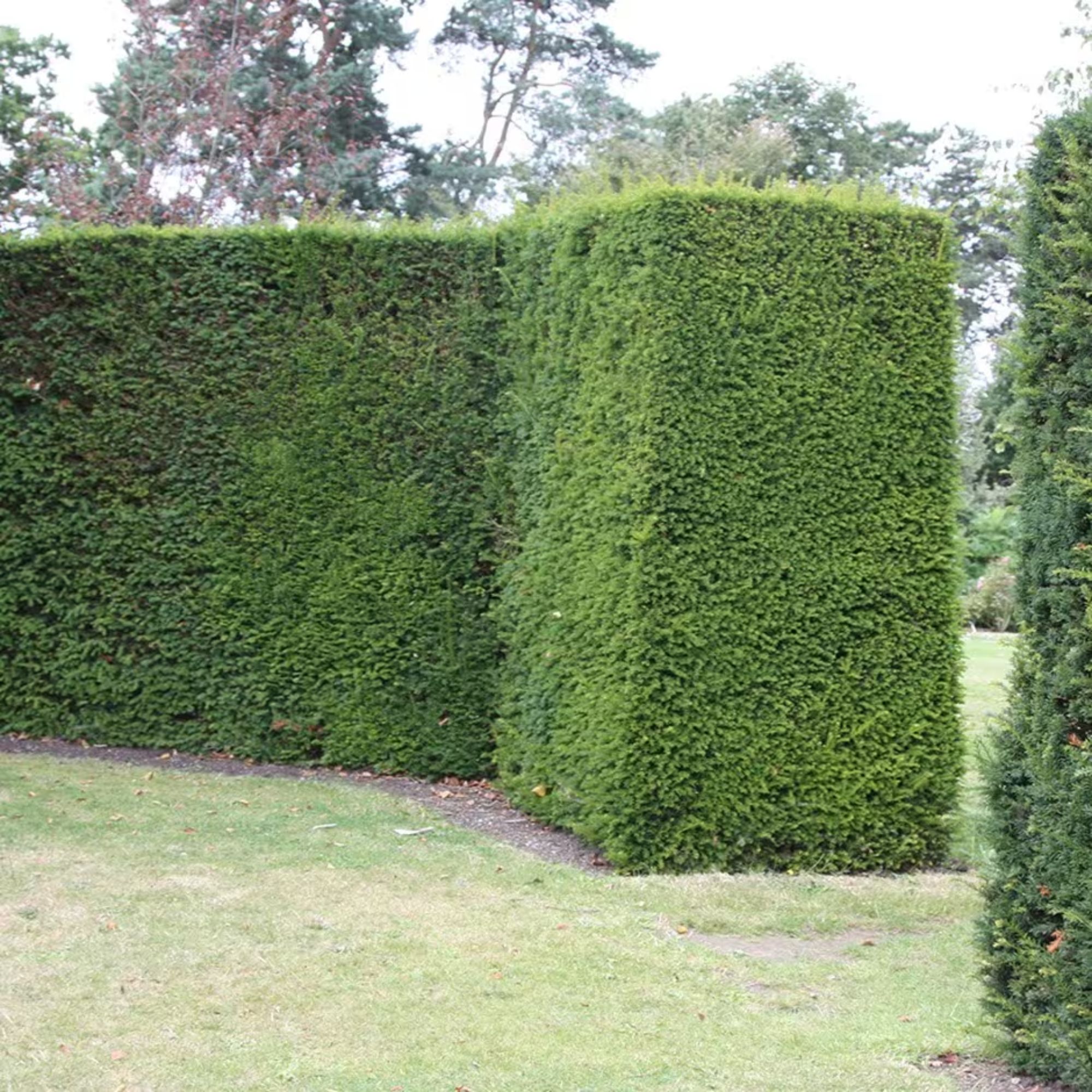JK Rowling's giant leylandii hedge is causing chaos in Edinburgh – this is how big they can actually grow
How big do leylandii grow? Really? JK Rowling learned the hard way...
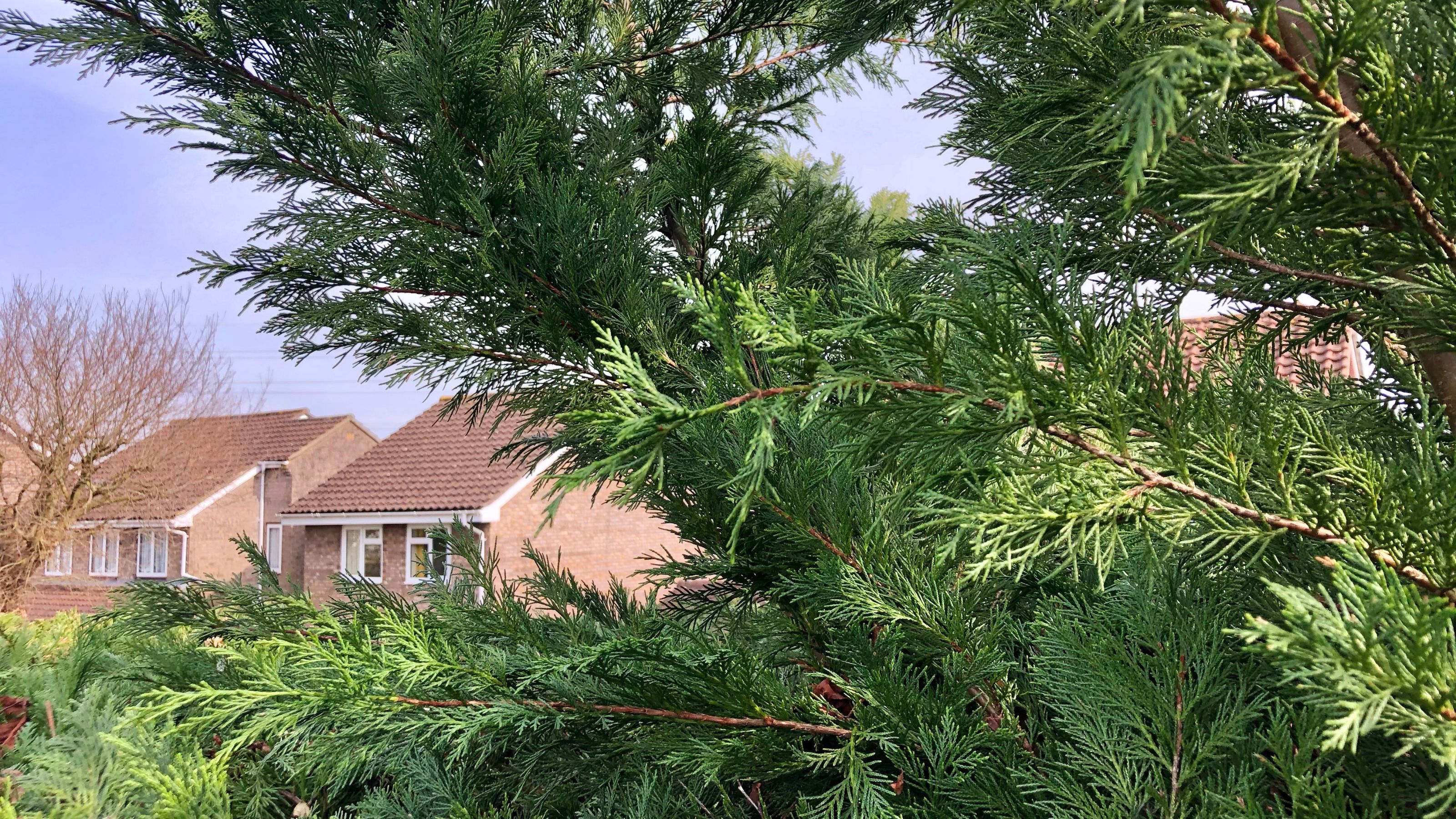

Anyone who's read the Harry Potter books will know that 'engorgio' is the spell a wizard uses to make something bigger – and some will undoubtedly be wondering if JK Rowling has been using it on her leylandii hedges of late, based on recent headlines!
That's right: earlier this week, traffic lights were installed outside the bestselling author's home in Edinburgh, so that the enormous leylandii surrounding her property could be cut back... much to the alleged dismay of local parents, who found the road closure caused problems for them on the school run.
Exactly how big do leylandiii grow, though? Are they really one of the best hedging plants to choose for your garden? And, if so, should we follow JK Rowling's lead and grow it ourselves (so long as we remember the best time to cut hedges, of course)?
How big do leylandii grow?
According to the Daily Mail, the leylandii on JK Rowling's property has undergone an extensive pruning job, resulting in temporary traffic lights being installed '7.30am and 3.30pm for most of the week'.

For gardeners, of course, this isn't all that surprising. Especially as 'leylandii is one of the fastest growing hedges available,' according to Morris Hankinson, director of Hopes Grove Nurseries.

Morris Hankinson is the founder and managing director of Hopes Grove Nurseries Ltd, the UK’s only specialist grower-retailer of hedging plants. He established the thriving business in 1992, shortly after graduating with a Commercial Horticulture Degree from Writtle College, Essex.
'If you've ever wondered how big leylandii grow, they have a growth rate of up to 1 metre a year,' he explains. 'As such, leylandii is a great choice to create a fast growing privacy hedge in your garden.'
Owen Simpson, managing director at Henchman, agrees.
Get the Ideal Home Newsletter
Sign up to our newsletter for style and decor inspiration, house makeovers, project advice and more.
'Leylandii is an excellent choice for those looking to create privacy with hedges, thanks to its remarkable growth rate of up to two or three feet per year when grown in optimal climate conditions,' he says.
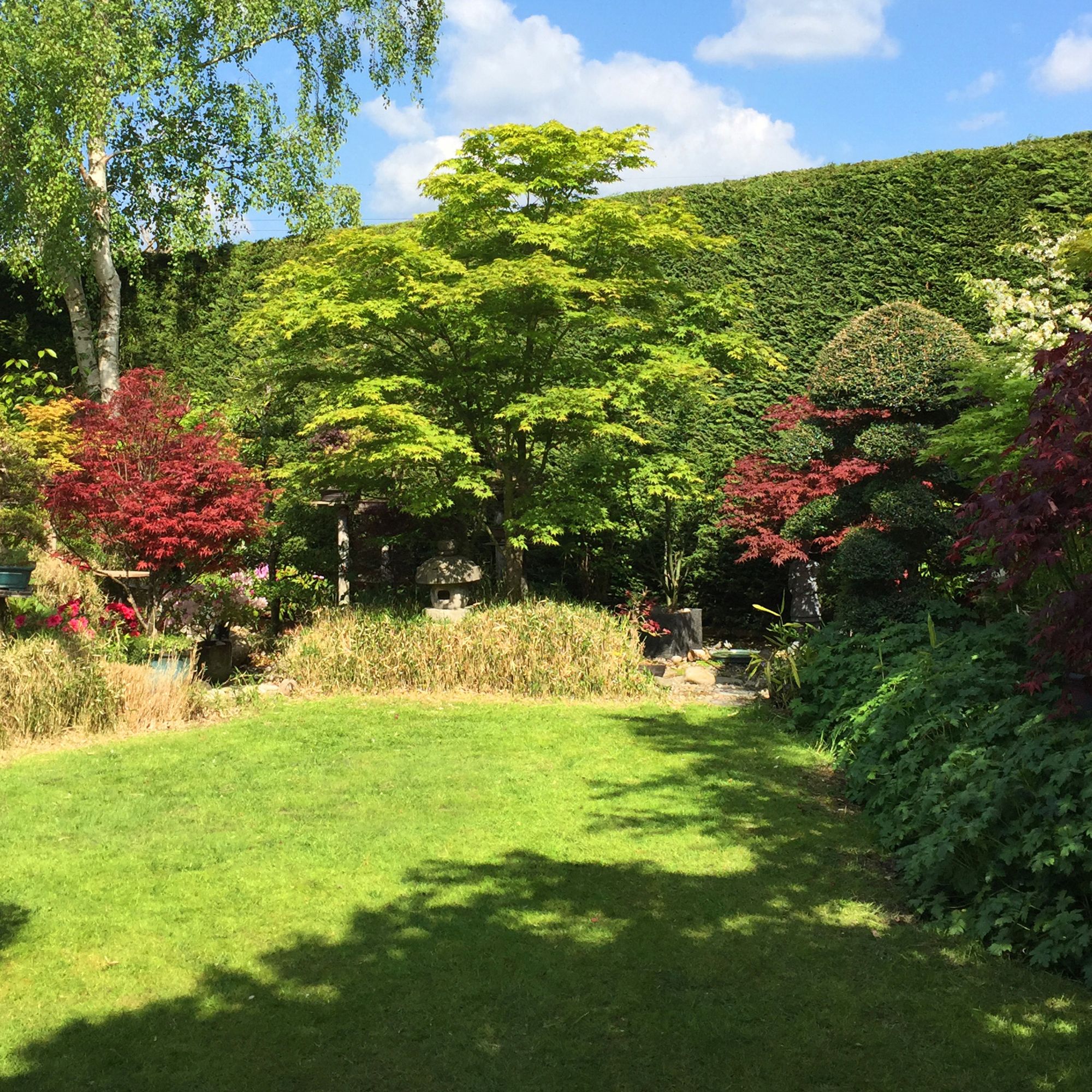
'Its dense foliage forms a robust barrier, effectively shielding against prying eyes and dampening noise from neighbouring roads,' he continues.
'And its sturdy branches also provide additional protection against wind gusts and choosing this natural option over traditional fencing options helps boost the local ecosystem and protect wildlife.'
All in all, then, an excellent choice for someone like JK Rowling, whose notoriety undoubtedly prompts many a prying eye! Especially as, while there are many rules surround planning permission for garden fences, the same isn't true of hedges: indeed, there are no laws that say how high you can grow your hedge (although you will be responsible for its upkeep).
All that aside, there are a few things to consider before you introduce one of these hedges into your own garden – especially as leylandii do grow quite big in a surprisingly short period of time.
'The recent story involving JK Rowling's leylandii hedge demonstrates the challenges of maintaining this shrub and just how large and rapidly it can grow!' says Owen.
'Before planting Leylandii, it's important to assess available space and ensure there's ample room for its anticipated growth. Leave adequate gaps between walls, fences, or garden structures to prevent structural damage caused by hedge expansion.'
Additionally, Owen suggests that, if you are planting a leylandii between two properties, it's a good idea to seek permission from neighbours.
'Regular pruning on both sides is necessary to prevent rapid overgrowth,' he says.
Leylandii hedging – the pros
Size aside, Morris says that 'leylandii is grown in many style gardens, from informal cottage gardens to more formal or urban gardens'.
'Plus, because it's easy to grow in most soil conditions, including clay and sand, along with all aspects from sun to partial shade, they are seen all across the UK in many gardens,' he adds.
Morris goes on to praise 'the strong root system' of these privacy hedges, noting that this means they also 'grow well in windy, coastal conditions as well as more sheltered inland spaces'.
Leylandii hedging – the cons
Owen says that, while leylandii thrive in most soil conditions, these hedges 'may struggle in poorly draining soil'.
The biggest con, though, is the sheer amount of maintenance these plants need.
'They require regular pruning to keep things tidy and prevent them from encroaching onto roads or neighbouring properties,' he explains.
Morris agrees, noting that 'if they grow too big you’ll need a cherry picker to trim Leylandii back and no one wants to hold up the school traffic like JK Rowling did!'
Well, quite. Now, if you'll excuse us, we're off to mull over the pros and cons of using leylandii as a high-maintenance privacy screen...
Best privacy hedging alternatives

Kayleigh Dray became Ideal Home’s Acting Content Editor in the spring of 2023, and is very excited to get to work. She joins the team after a decade-long career working as a journalist and editor across a number of leading lifestyle brands, both in-house and as a freelancer.
-
 Will a conservatory add value to your home and how can you maximise it?
Will a conservatory add value to your home and how can you maximise it?This is what the pros say
By Amy Reeves
-
 I’ve been looking for a new signature scent for my home and The White Company's new fragrance is the exact summer holiday smell I needed
I’ve been looking for a new signature scent for my home and The White Company's new fragrance is the exact summer holiday smell I neededSantorini smells fresh, summery and sophisticated
By Kezia Reynolds
-
 How to remove algae from garden walls in five steps – and the cleaning product experts rave about for tackling it fast
How to remove algae from garden walls in five steps – and the cleaning product experts rave about for tackling it fastExperts share their top tips for getting garden walls algae-free
By Katie Sims
